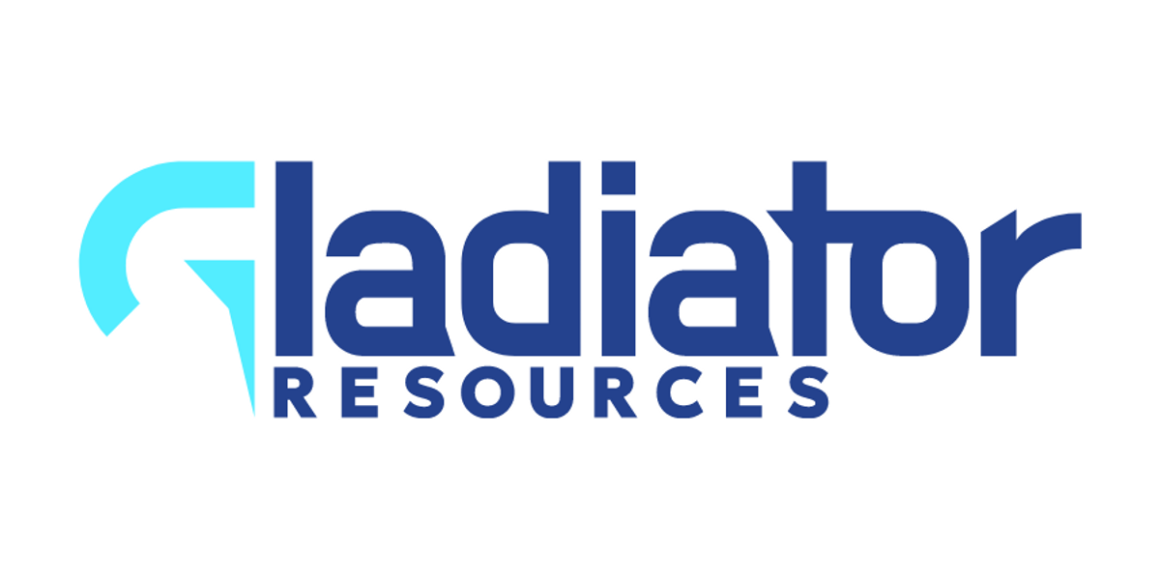SWC drill hole identification numbers provided on page 2 of the previous announcement have been corrected, and also Figure 3 (on page 5) has been updated to correctly refence the drill hole numbers
Holes SWDD002 and SWDD003 were extended to test the lower Tiers 2 and 3 (Figure 3) but only minor uranium mineralisation was encountered.
Roll-front target
Gladiators work indicates that SWC and Mtonya are part of a single 12 km+ long ‘corridor’ (Figure 1) which has the hallmarks of a large roll-front system. Recent and historic drilling has intersected significant uranium intervals – the current view is that the main ‘front’ may be to the side or in advance of this and that uranium in drillholes so far is the ‘lateral’ or ‘tail’ common to many roll-front systems (Figure 2). The uranium has been variably remobilised and enriched by supergene processes giving rise to the extensive surface uranium and radiometric anomalies.
The Company is considering a larger program targeting a full roll-front deposit (if present). The size of the corridor and the rock-types observed has similarities with some of the worlds important roll-front districts such as those of the Colorado Plateau, USA. These factors and the abundance of uranium in the corridor supports further exploration effort to locate a possible main ‘roll-front’. The presence of a core of predominantly hematite oxidised rocks within the areas drilled to date suggests that a main front may be in advance of the areas drilled to date, to the south as indicated on Figure 1.
SWC drilling
Drilling at the SWC target at the far north-east end of the corridor (Figure 1) is now complete. In addition to SWDD001 and SWDD002 already reported3 the 5th and 6th holes also had uranium mineralised intervals, summarised as:
The results of the drilling to date at SWC are provided in Table 1. The surface/near surface intersections are now interpreted as the preserved parts of the upper-most uranium bearing level (‘Tier 1’) preserved on the topographic highs and variably enriched by supergene processes (Figure 3). The 2nd interval in SWDD005 is considered to be primary mineralisation as it is within bedrock. A normal fault is interpreted to offset the Tier 1 layer between holes SWDD002 and SWDD003; the fault controls the presence of the layer within the downthrown block but also means that mineralisation is unlikely to be found north of the fault. Holes SWDD002 and SWDD003 were extended to test the lower Tiers 2 and 3 (Figure 3) but only minor uranium mineralisation was encountered.
Mtonya drilling
The Company has drilled two holes towards the southern end of the corridor at the ‘Henri Prospect’ (Figure 1) to test the results reported for Reverse Circulation (RC) holes drilled in 2006-2008 which ended at between 50 and 60 metres depth. MTDD004 intersected uranium at multiple levels, as summarised in Table 1, including 2.3m @ 372ppm eU3O8. Henri is the southern-most target drilled by the Company to date and demonstrates the extent of the ‘corridor’.
At the ‘Mtonya Central’ area, 3 holes have been drilled to step-out on previous holes4 to test the extension of the deposit to the NW (Figure 1) but these holes did not contain significant intervals and appear to be proximal to a fault, possibly part of a series of northeast-southwest oriented ‘bounding faults’ that broadly delineate the northwest margin of the corridor. Based on this drilling, the mineralisation in this area is thought to be ‘lateral ore’ (Figure 2) which is mineralisation along the flanks the roll-front corridor.


Leave a Reply